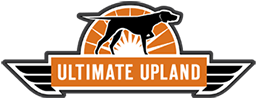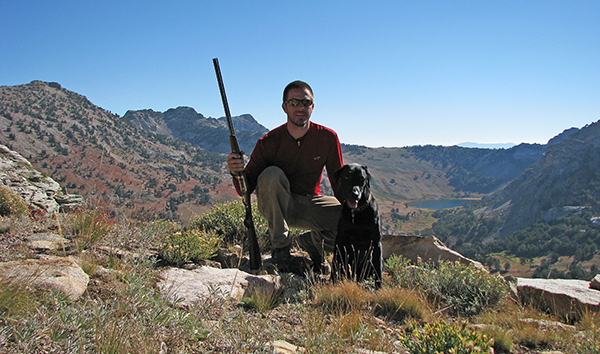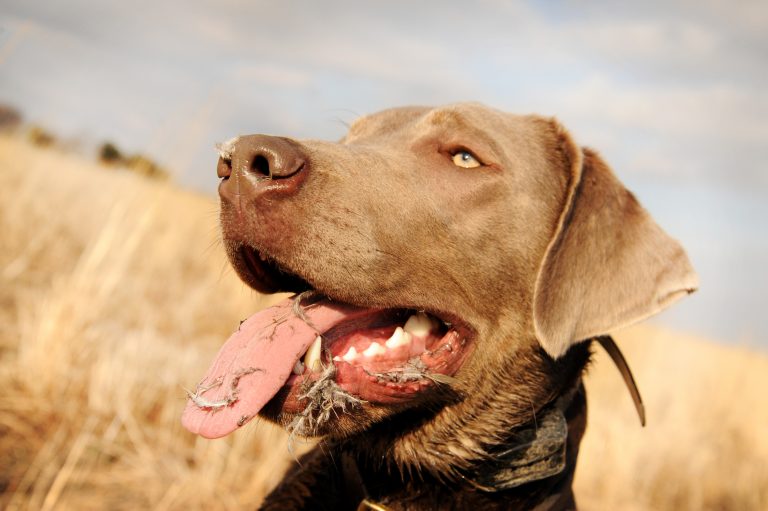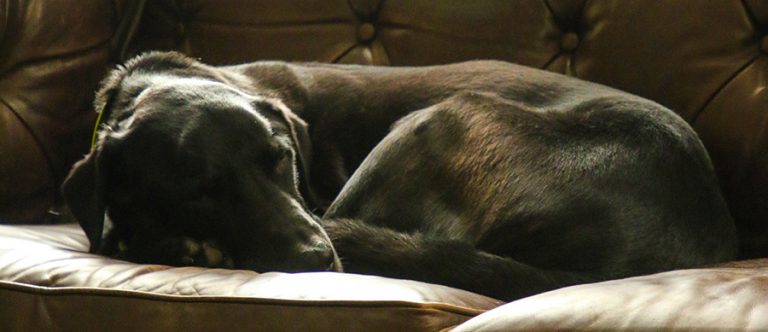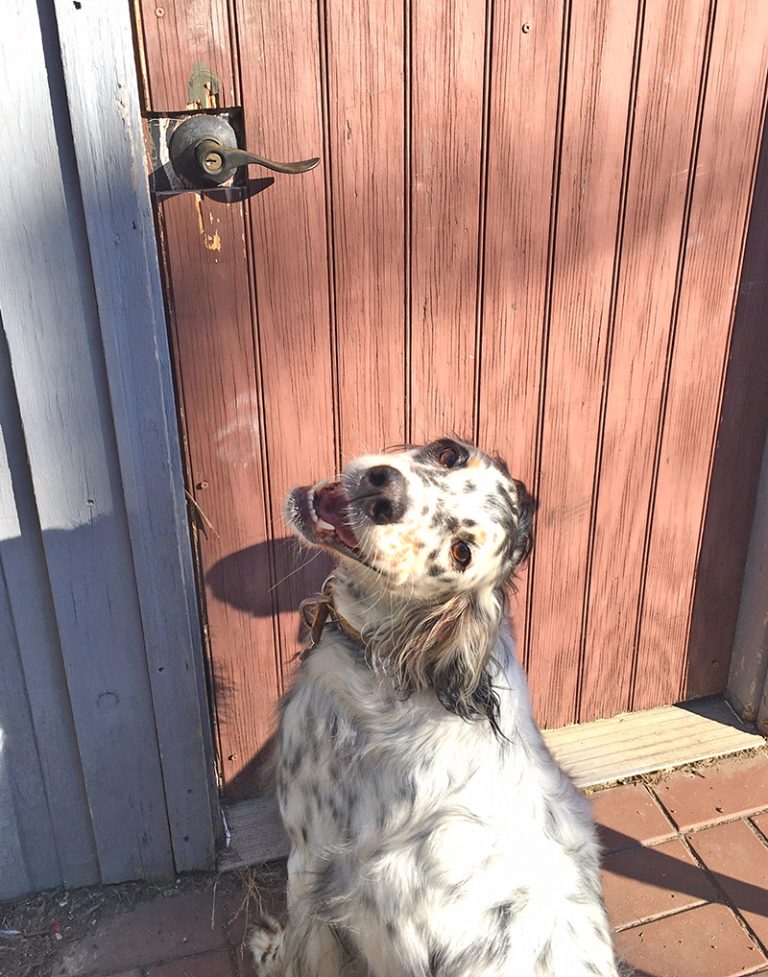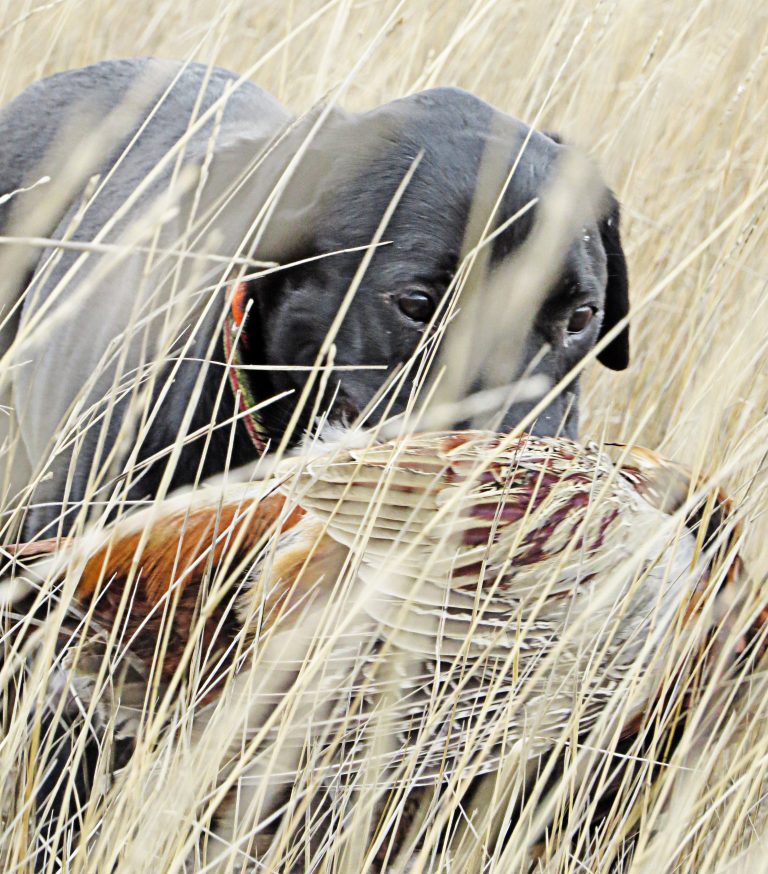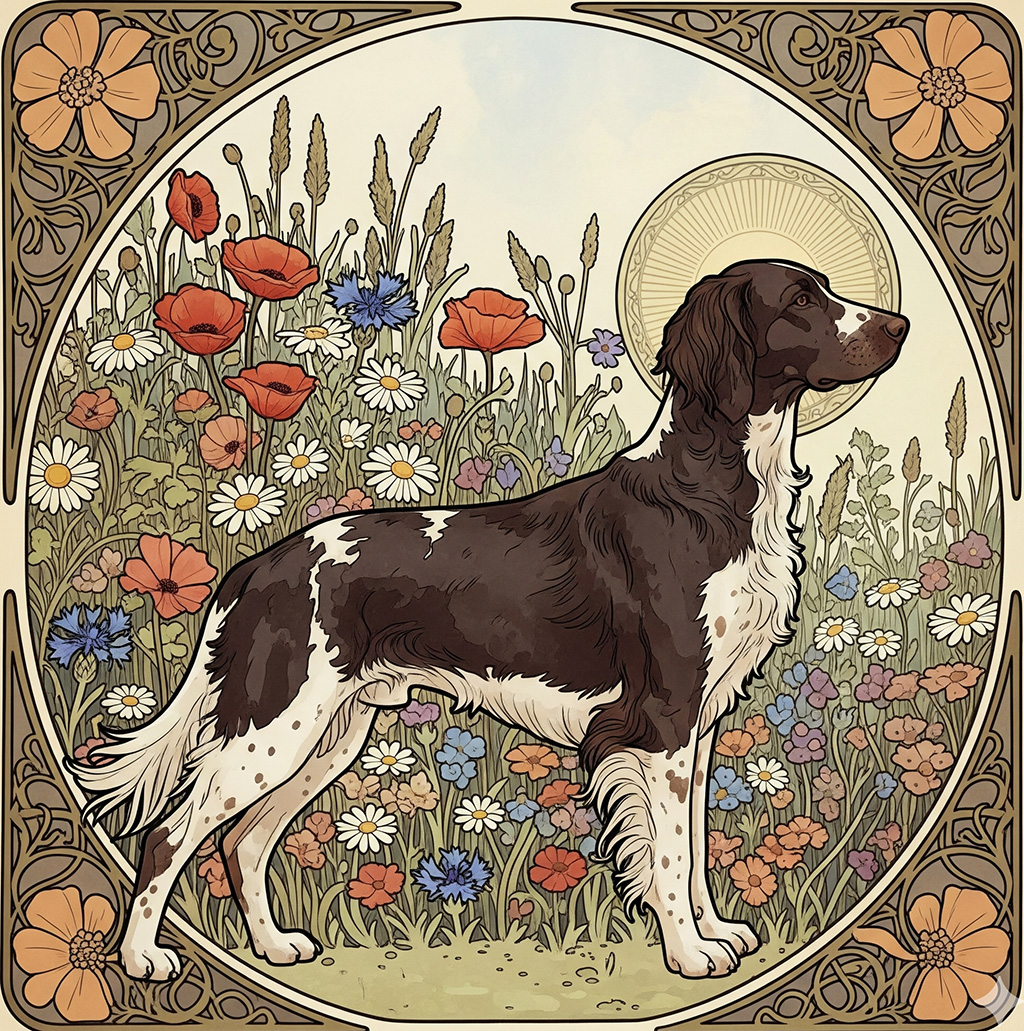
Munsterlander
The Munsterlander, a distinguished German gun dog, exists in two distinct varieties: the Large Munsterlander and the Small Munsterlander. Both breeds trace their origins to the Munster region of Germany, evolving from versatile hunting dogs used in the Middle Ages. While sharing some ancestral roots, the Large and Small Munsterlanders have distinct histories, breed standards, and roles in the United States’ hunting culture.
Breed History
The Munsterlander’s history begins with the bird and hawking dogs of medieval Europe, which were likely descendants of the now-extinct Old Spanish Pointer. These dogs spread across Europe, used for hunting with nets or falcons and later with firearms. By the 19th century, German hunters developed distinct breeds, including the German Longhaired Pointer, from which the Large Munsterlander emerged. The Large Munsterlander was formalized as a separate breed in 1919 when the German Longhaired Pointer Club excluded black-and-white dogs from its standard, prompting enthusiasts to establish a new breed society for these dogs, named the Großer Münsterländer Vorstehhund. The first stud-book was published in 1922, and the breed was recognized by the Fédération Cynologique Internationale in 1954 and the United Kennel Club in 2006.
The Small Munsterlander, or Kleiner Münsterländer, has a different trajectory, with evidence suggesting its existence as early as the 13th or 14th century, as seen in artwork depicting similar dogs. Known as the “heathland quail dog” or “Little Master’s Dog,” it was a companion to middle-class hunters in Westphalia. By the 1800s, the breed nearly vanished due to changes in hunting practices, but a concerted effort in the late 19th century revived it. The Small Munsterlander Club was formed in 1912, and a breed standard was established in 1921 by Dr. Friedrich Jungklaus, emphasizing its smaller stature and versatile hunting abilities.
Despite their shared regional origins, the Large and Small Munsterlanders are not closely related. The Large Munsterlander descends from German Longhaired Pointers crossed with spaniels, while the Small Munsterlander likely shares ancestry with the Epagneul Français and Drentsche Patrijshond.
Breed Standards
The Large Munsterlander is a noble, athletic dog, standing 23–25.5 inches (58–65 cm) tall and weighing 50–70 pounds (23–32 kg). Its coat is dense, medium-long, and black-and-white, either “plated” (solid black patches with white areas) or “ticked” (black specks or roan). The breed standard, set by the Fédération Cynologique Internationale and adopted by clubs like the United Kennel Club, emphasizes elegance, intelligence, and versatility as a pointing gun dog. Health screenings for hip dysplasia, elbow dysplasia, and hyperuricosuria are required, with breeders ensuring both parents pass field tests and temperament evaluations.
The Small Munsterlander is smaller, with males at 20.5–22 inches (52–56 cm) and females at 19.75–21.25 inches (50.2–54 cm), weighing 40–60 pounds. Its coat is liver and white or liver roan, often with auburn hints, and lacks an undercoat, making it suitable for colder climates despite its lighter build. The breed standard, upheld by the American Kennel Club (Foundation Stock Service) and the Small Munsterlander Club of North America (SMCA), prioritizes a solid pointing instinct, meticulous tracking, and enthusiasm for water work. Breeders adhere to strict health and temperament standards, including OFA/Penn Hip and CERF certifications.
Both breeds are bred for versatility, excelling in pointing, retrieving, and tracking across varied terrains. They require gentle, consistent training due to their intelligence and occasional stubbornness, with the Small Munsterlander noted for a stronger prey drive and independence compared to the more handler-oriented Large Munsterlander.
Hunting History in the United States
The Large Munsterlander was introduced to the United States in 1966 by Kurt von Kleist, with over 80 dogs imported and more than 2,000 puppies registered since. The Large Munsterlander Association of America (LMAA), established in 2012, oversees the breed’s development, maintaining a performance-based breeding program that ensures hunting prowess, health, and conformation. The breed is valued for its ability to locate and retrieve game on land and water, with a strong nose and purposeful searching style. Its popularity remains limited, with breeders prioritizing hunting homes, and the American Kennel Club recognized it in 2023.
The Small Munsterlander arrived in the U.S. in the early 1970s and remains rare, with approximately 2,000 dogs registered. The SMCA, aligned with the North American Versatile Hunting Dog Association (NAVHDA), ensures the breed’s hunting capabilities through rigorous testing, including JGHV and NAVHDA evaluations. Known for its close-working style (average range of 50 yards, up to 200), the Small Munsterlander excels at pointing, retrieving, and tracking, particularly in dense cover. Its versatility makes it a favorite among hunters targeting upland birds and waterfowl, though demand often exceeds supply, with preference given to hunting homes.
Conclusion
The Munsterlander breeds, rooted in centuries of German hunting tradition, embody the ideal of the versatile gun dog. The Large Munsterlander, with its elegant black-and-white coat, and the Small Munsterlander, with its liver-and-white hues, share a commitment to excellence in the field and as family companions. Their strict breed standards, enforced by organizations like the LMAA and SMCA, ensure health, temperament, and hunting ability. In the United States, both breeds have carved a niche among dedicated hunters since their introduction in the 1960s and 1970s, respectively, with their legacy upheld through selective breeding and rigorous performance testing. For those committed to their exercise and training needs, Munsterlanders offer unmatched loyalty and skill in the field.
-
Keeping Weight on Your Bird Dog
When we’re not in the field, my dogs get fed premium dog food twice a day. Normally I don’t even need a clock in the house because they start getting antsy when meal times near. I think this is why it’s so confounding that when we go hunting their interest in food is trumped…
-
A Labs First Day Afield
“No, I don’t think you understand, he has NO prior hunting experience…only obedience training.” I wrote to Brian, my new upland hunting buddy. The early morning email asking for my young lab and me to attend an upland hunt had caught me by surprise, putting a nice end to a long workweek. “Kali, it doesn’t…
-
Nowhere to Look
Dropped Wyatt off at the vet this morning for an exploratory procedure. I am now trying to do anything, accomplish something, will myself to the positive. I’m over-caffeinated and staged nearby awaiting the vet’s call. I can talk about the details, the minutia of his afflictions. I’ve gnashed over the could be and mights, in…
-
Pavlov Didn’t Have Bird Dogs
I’m forced to sneak about my own property like a burglar, held captive by bird dogs trying to secure their place in the truck. Regardless whether the destination is a wild place or the tame grocery, they are not willing to wager their spot. A few short weeks ago I could announce my exit to…
-
The Lab Knows
Wyatt knows he’s black. He also knows this is the color of night. He’s been able to surmise that humans have terrible night vision. During daylight hours when we take breaks from hunting, he plots. He knows most mischief will not fly in the light of day. Raiding other camps, gnawing a nearby rotting deer…
-
Meet Ida
I’ve always found the haphazard naming of dogs intriguing. I’ve wondered if a puppy grows into the name, filling the shape of some predetermined vessel? I like original names, probably because I have irrational hopes for my bird dogs to be uniquely exceptional. But then names different for different’s sake grind on me. People names…
